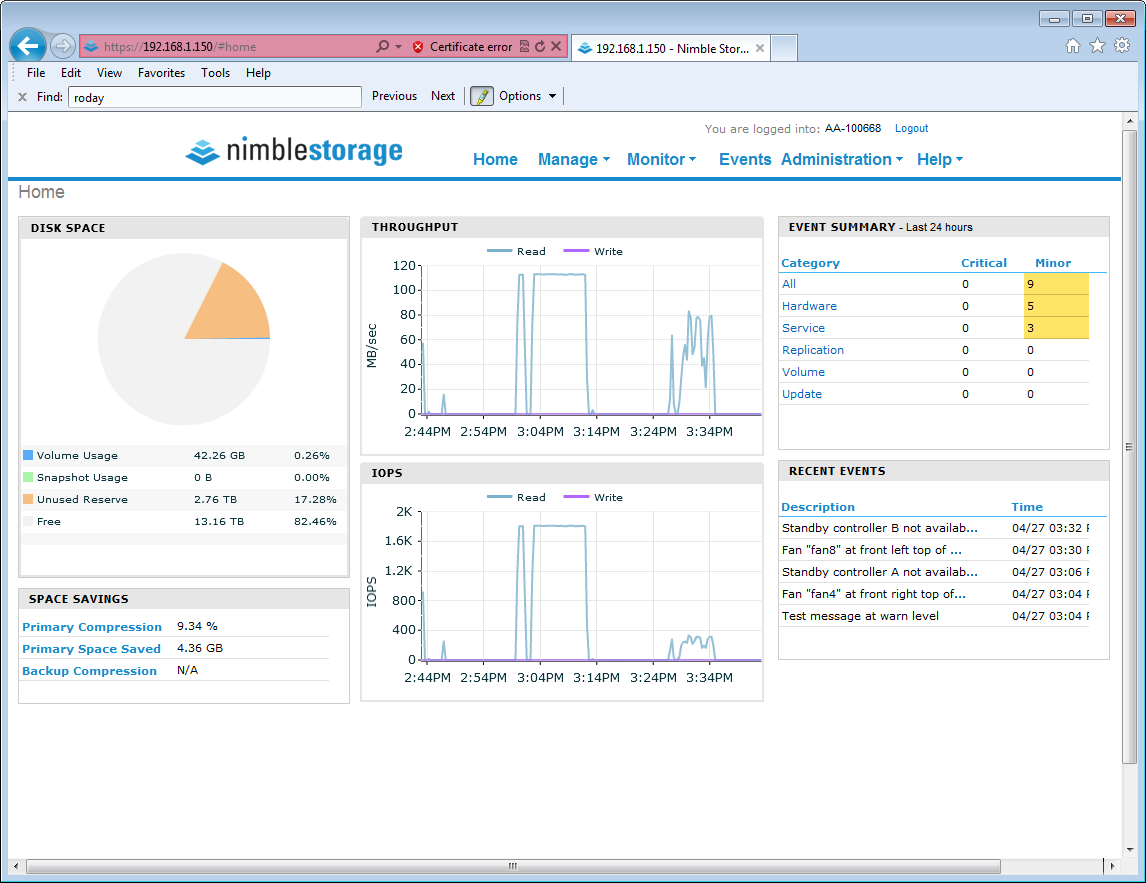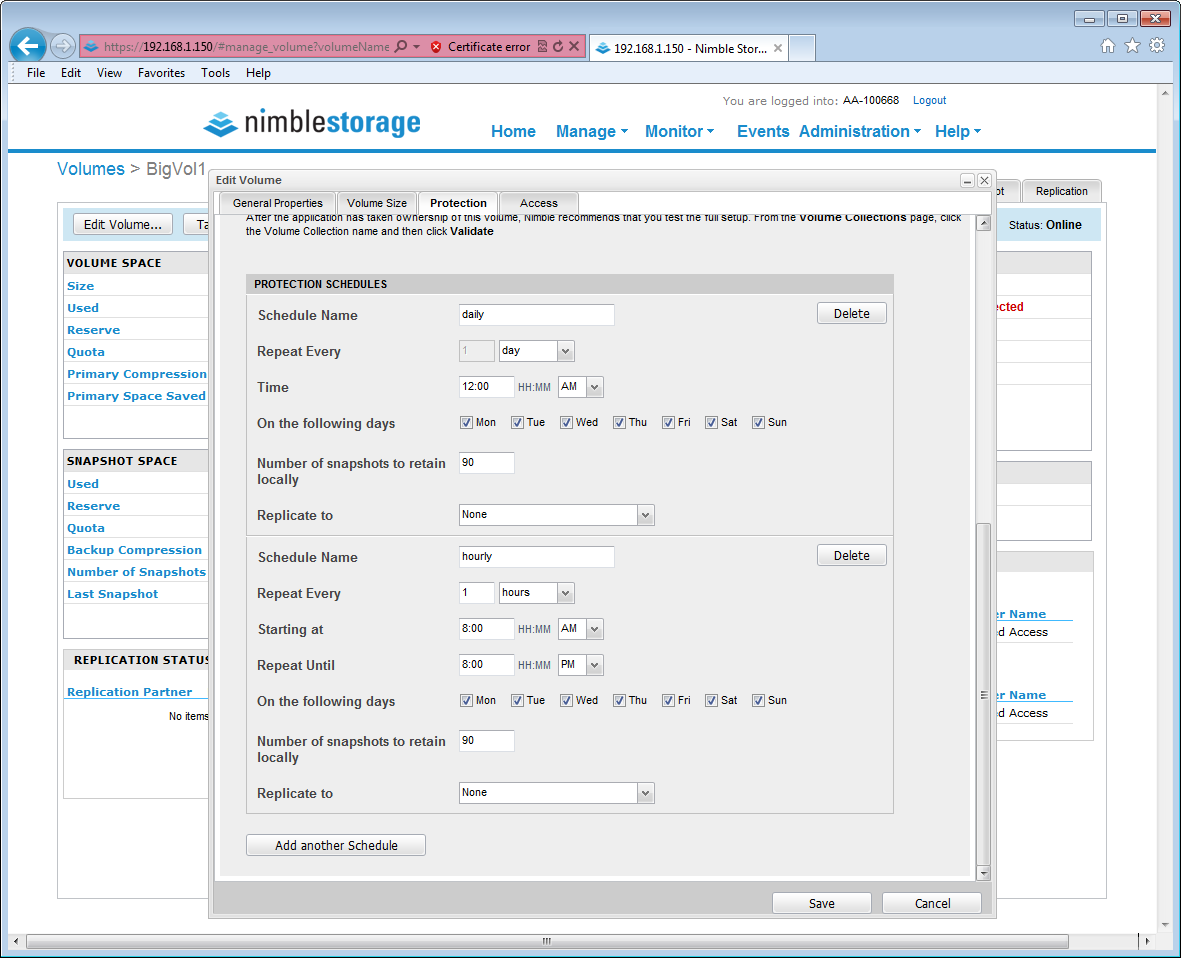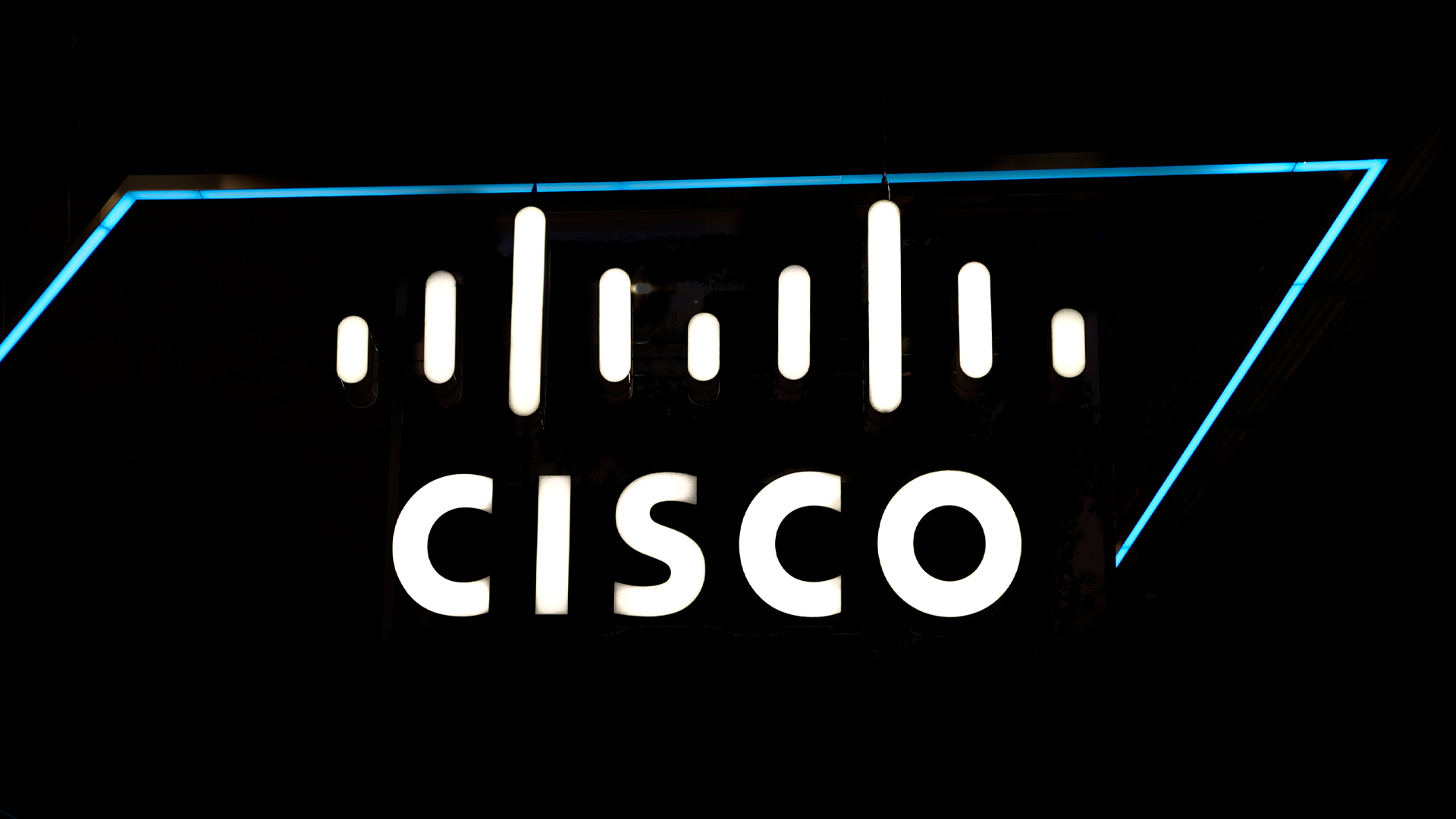Nimble Storage CS240 review
Nimble Storage has combined quick SSD storage, backup and disaster recovery into the CS240. Dave Mitchell puts the triple play IP SAN through its paces to find out whether it is worth over £65,000.
The CS240 combines fast front line storage with integrated SSD acceleration at a price few vendors can match. Deployment was a cinch and although we weren't impressed by Nimble’s choice of hardware platform, it did deliver an impressive performance and flawless failover.

The CS series of IP SAN arrays from Nimble Storage aim to offer a cost-effective option by integrating premium priced SSDs with low cost, high capacity SATA drives.
A key feature of these appliances is Nimble's patented cache accelerated sequential layout (CASL) technology. Along with inline compression, CASL employs an intelligent indexing system which keeps track of hot data and copies these blocks to the SSDs for faster access.
Unlike many competing products, CASL doesn't need a lead time to analyse data access patterns to work out what's hot and what's not. It monitors activity in real time and changes in access patterns, so starts accelerating straight from the box.
Another important feature is snapshots. The appliances support no less than 1,000 per volume and can currently manage a total of 10,000. This allows them to hold a lot more backups in front line storage for much longer than most competing products.

Nimble's management web interface is well layed out and provides plenty of status information
Specifications and connectivity
Our CS240 appliance came with four 160GB Intel 320-Series SSDs and twelve 2TB WD Enterprise SATA II hard disks. The SATA drives were preconfigured in a RAID-6 array with hot-standby but the SSDs were not placed in an array. The SSDs only held a copy of hot data so if any failed, all access reverts back to the original data.
Nimble opted for Supermicro's 6036ST-6LR Storage Bridge Bay platform. This 3U chassis combines dual hot-swap controllers each equipped with 2GHz E5504 Xeons and 12GB of DDR3 memory.
Sign up today and you will receive a free copy of our Future Focus 2025 report - the leading guidance on AI, cybersecurity and other IT challenges as per 700+ senior executives
The controllers have six Gigabit ports and function in active/standby mode. Each controller's NVRAM contents are mirrored for consistency and to allow the standby controller to take over in the event of a failure.

Backup is handled during volume creation as protection profiles can schedule regular snapshots for you
Dave is an IT consultant and freelance journalist specialising in hands-on reviews of computer networking products covering all market sectors from small businesses to enterprises. Founder of Binary Testing Ltd – the UK’s premier independent network testing laboratory - Dave has over 45 years of experience in the IT industry.
Dave has produced many thousands of in-depth business networking product reviews from his lab which have been reproduced globally. Writing for ITPro and its sister title, PC Pro, he covers all areas of business IT infrastructure, including servers, storage, network security, data protection, cloud, infrastructure and services.
-
 AI is creating more software flaws – and they're getting worse
AI is creating more software flaws – and they're getting worseNews A CodeRabbit study compared pull requests with AI and without, finding AI is fast but highly error prone
By Nicole Kobie Published
-
 Cohesity deepens Google Cloud alliance in data sovereignty push
Cohesity deepens Google Cloud alliance in data sovereignty pushNews The pair’s expanded collaboration will focus on new integrations for AI, cybersecurity, and data protection
By Daniel Todd Published
-
 Cisco says Chinese hackers are exploiting an unpatched AsyncOS zero-day flaw – here's what we know so far
Cisco says Chinese hackers are exploiting an unpatched AsyncOS zero-day flaw – here's what we know so farNews The zero-day vulnerability affects Cisco's Secure Email Gateway and Secure Email and Web Manager appliances – here's what we know so far.
By Emma Woollacott Published
